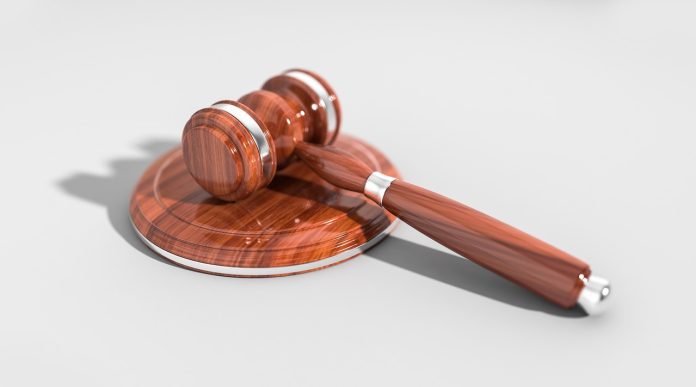Zero tolerance laws play a key role in addressing underage impaired driving by enforcing strict penalties for any alcohol consumption. These laws aim to prevent lifelong impacts on individuals, families, and communities. This blog explores how zero tolerance works, its societal implications, and why it’s critical in the fight against underage impaired driving.
What Are Zero Tolerance Laws?
Zero tolerance laws are strict legal regulations that target underage individuals (usually those under the age of 21) who operate a motor vehicle after consuming alcohol or other impairing substances. Unlike laws for adults, which often allow for a small blood alcohol concentration (BAC), zero tolerance laws prohibit any measurable amount of alcohol or drugs in the driver’s system for those under the legal drinking age.
These laws are built on a simple but impactful idea. No level of impairment is considered acceptable for drivers who are not legally allowed to consume alcohol or controlled substances in the first place. If a young driver is caught with even the slightest trace of alcohol or other impairing substances, they could face significant legal consequences. In such cases, seeking guidance from a car accident lawyer, like those in Utah, can help navigate the complex legal process and ensure proper representation.
The Reasoning Behind Zero Tolerance
There’s a compelling logic that supports zero tolerance laws for underage drivers:
- Heightened Risk
Studies consistently show that young, inexperienced drivers are at a much higher risk of being involved in crashes, especially when impaired by alcohol or drugs.
- Developmental Factors
The adolescent brain is still maturing, especially the areas linked to judgment, impulse control, and risk assessment. Even small amounts of impairing substances can have a pronounced effect on judgment and reaction times.
- Preventing Early Patterns
Early intervention is essential. Setting a clear standard discourages risky behavior and establishes strong societal boundaries from a young age.
- Public Safety
Youth-involved crashes can have devastating consequences, not only for those directly involved but for the wider community.
How Zero Tolerance Laws Work
Zero tolerance laws generally take a hard line. Here’s how they are typically structured and enforced across most states in the US:
- BAC Thresholds
For adults over 21, the legal BAC limit is usually 0.08%. However, for young drivers under zero tolerance laws, the BAC threshold is often set at 0.01% or 0.02% (essentially any detectable amount).
- Testing and Enforcement
Law enforcement officers may use breathalyzers, blood tests, or urine tests to determine BAC. Even the presence of minute amounts of alcohol or drugs can trigger penalties.
- Strict Penalties
Penalties can include immediate license suspension, hefty fines, community service, mandatory education or treatment programs, higher insurance premiums, and in some cases, even jail time for repeat offenses.
- Zero Discretion
These laws leave little room for leniency or subjective judgment by law enforcement or the courts. The aim is to send a clear, unequivocal message.
Consequences for Underage Drivers
The impact of zero tolerance laws on those under 21 is substantial:
- Legal Repercussions
Even a first-time offense can result in a suspended license, which disrupts education, employment, and social life.
- Insurance Implications
A conviction usually means dramatically higher car insurance rates, sometimes making it unaffordable for teens and their families.
- Long-Term Records
While some states allow for record sealing or expungement over time, a conviction can haunt a young person’s record for years, affecting opportunities for college, work, or even renting a car.
- Educational and Employment Barriers
Some colleges and employers conduct background checks, and a driving record with impaired driving convictions can be a major red flag.
Societal Effects and Public Health Impact
Zero tolerance laws don’t just affect individuals. They have a ripple effect throughout society:
- Reduced Underage DUI Crashes
Research shows that strict enforcement is linked to lower rates of crashes, injuries, and fatalities involving underage impaired drivers.
- Stronger Prevention Culture
When the expectation is zero tolerance, young people are less likely to “test the limits.” This helps shift social norms toward safer behavior.
- Positive Peer Influence
Strict laws empower responsible teens to speak up against risky decisions among their peers, knowing the consequences are serious and non-negotiable.
Criticisms and Challenges
No law is perfect. Zero tolerance laws often face criticism and logistical hurdles:
- Perceived Harshness
Critics argue that immediate and severe penalties, especially for a single mistake, can be too punitive and may negatively impact futures.
- Detection Challenges
Extremely low BAC thresholds mean occasional false positives can occur, or detection of substances from non-alcoholic sources.
- Education vs. Punishment
Some believe an educational approach, with treatment and counseling, should come before harsh punishment.
Still, most policymakers and public health officials agree the benefits outweigh the drawbacks, especially given the high stakes involved.
Conclusion
Zero tolerance laws for underage impaired driving send a clear and powerful message about community values, responsibility, and safety. They exist not just to punish, but to protect the most vulnerable drivers and those around them. While critics raise valid points about fairness and discretion, the evidence suggests real success in curbing risky behaviors and saving lives.
